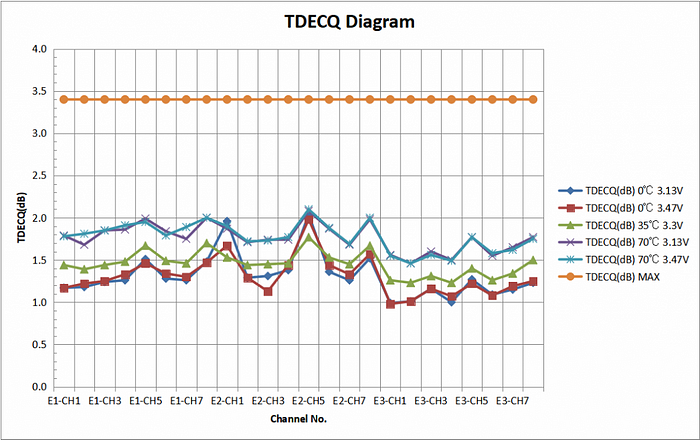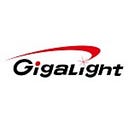GIGALIGHT Launches 800G OSFP DR8/DR8+ & 2×FR4/2×LR4 Silicon Optical Transceivers With 16W Power Consumption
May 6, 2024. Shenzhen, China. — In response to the comprehensive goals of large-scale commercialization and technological advancement of the 800G architecture in domestic and foreign AI data centers, Gigalight today announced the launch of 800G OSFP DR8/DR8+/DR8++& 800G OSFP 2×FR4/2×LR4 series of silicon optical transceivers based on 7nm DSP with a power consumption of 16W The transceivers has laid a solid delivery foundation for the company to become a pioneer in this field.

Gigalight’s 800G OSFP 2×FR4 and 800G OSFP 2×LR4 optical transceiver ports use 2× Dual LC interfaces. The transmitter adopts a single-chip integrated silicon light modulation chip solution, using 4 CWDM4 light sources, and is implemented in the integrated silicon light chip. The light source is divided into 1/2 and CWDM wavelength division and MZ modulation. The receiving end is 2 separate free-space optical POSAs. It adopts a low-power direct drive 7nm DSP chip solution. This product has the advantages of low power consumption and high performance. The key to these two products is The parameters are as follows:
- TDECQ per channel is less than 2.1dB, better than protocol specification: 2×FR4❤.4dB; 2×LR4❤.9dB;
- RxSens (OMA) sensitivity is better than -9dBm @ 2.4e-4 Pre-FEC 53GBd PAM4, better than protocol specification: 2×FR4<-4.6dBm, 2×LR4<-6.8dBm;
- The maximum power consumption of the optical module at three temperatures is less than 16W.

800G OSFP 2×LR4 eye diagram

800G OSFP 2×FR4 TDECQ

800G OSFP 2×FR4 OMA sensitivity
Gigalight’s 800G OSFP DR8/DR8+/DR8++ optical transceiver port adopts 2×MPO-12/APC interface. The transmitter adopts a single-chip integrated silicon light modulation chip solution, using 2 CWL light sources, and the light source is implemented in the integrated silicon light chip. 1 minute 4 and MZ modulation, the receiving end is 2 separate FA solutions, using a low-power direct drive 7nm DSP chip solution. This product has the advantages of low power consumption and high performance. The key parameters of the product are as follows:
- TDECQ per channel is less than 2.0dB, which is better than the protocol specification of up to 3.4dB;
- RxSens (OMA) sensitivity is better than -9dBm @ 2.4e-4 Pre-FEC 53GBd PAM4, better than the protocol specification maximum -4.4dBm;
- Maximum power consumption is less than 16W.

800G OSFP DR8(2×MPO12) eye diagram
Gigalight has mass-produced 400G OSFP-RHS DR4 and 400G QSFP112 DR4 silicon optical transceivers as early as 2023. The addition of the latest low-power version of the 800G silicon optical series has strongly promoted the company’s confidence in the performance growth of the next generation of optical communications. Gigalight has substantially entered the research and development of silicon optical chips and silicon optical transceivers since 2018. It has completed the mass production or sample stage of at least 10 silicon optical transceivers. Thanks to the strong collaboration of the global supply chain, there will be more innovations in the future. Unique and differentiated silicon optical transceivers will be released one after another in Gigalight.
About GIGALIGHT
As an open optical networking explorer, Gigalight integrates the design, manufacturing, and sales of both active and passive optical devices and subsystems. The company’s product portfolio includes optical modules, silicon photonics modules, liquid-cooled modules, passive optical components, active optical cables, direct attach copper cables, coherent optical communication modules, and OPEN DCI BOX subsystems. Gigalight focuses on serving applications such as data centers, 5G transport networks, metropolitan WDM transmission, ultra-HD broadcast and video, and more. It stands as an innovative designer of high-speed optical interconnect hardware solutions.
